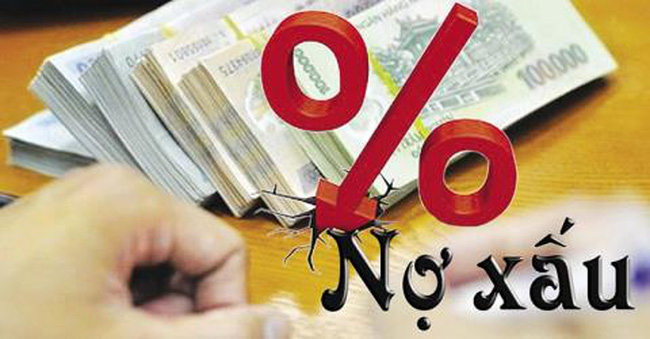When a customer is unable to repay the loan, how does the bank seize collateral to handle bad debt? This article will clearly state the procedure when a credit institution seizes collateral.
1. Conditions for a credit institution/foreign bank branch to seize collateral
According to Clause 2 Article 7 of Resolution No. 42/2017/QH14 of the National Assembly of Vietnam, a credit institution or the bad debt purchaser/manager is entitled to seize collateral put up by a grantor or holder of collateral only if it satisfies fully the following conditions:
- Occurrence of any case in terms of treatment of collateral prescribed in Article 299 of the Civil Code 2015 of Vietnam, including:
+ An obligator fails to perform or perform not as agreed an obligation when it falls due.
+ An obligator must perform the secured obligation before the time limit due to his/her violation against the obligation as agreed or prescribed by law.
+ Other cases as agreed by the parties or prescribed by law.
- The security agreement clearly indicates the grantor’s consent to the credit institution’s right to seize the collateral upon occurrence of the case of treating collateral as per the law;
- The secured transaction or security interests has been registered as prescribed by law;
- The collateral is not in dispute in a case that has been accepted but remained unsolved or has been resolving at an authorized court; the collateral is not put under temporary emergency measures; and the collateral is not distrained or under judgment enforcement as prescribed by law;
- The credit institution or bad debt purchaser/manager has fulfilled the obligation to publish information as prescribed in Clause 3 or Clause 4 of this Article.
2. Procedures for seizing collateral
Step 1: Publish information about time and place of seizure, collateral to be seized, reasons thereof
- Collateral being real property: At least 15 days before the date on which the collateral being real property is seized, the credit institution or bad debt purchaser/manager must publish information about time and place of seizure, collateral to be seized, reasons thereof as follows:
+ Post information on its website;
+ Send a notice to the People’s Committee and police authority of commune where collateral is located;
+ Put up a notice on the bulletin board at the head office of People’s Committee of commune which the grantor has referred to in the security agreement and at the head office of the People’s Committee of commune where the collateral is located;
+ Send a notice to the grantor directly or by secure delivery service at the grantor's address specified in the security agreement.
- Collateral being movable:
The credit institution or bad debt purchaser/manager must publish information about the process of seizure of collateral being movable as follows:
+ Post information on its website and send a prior notice stating its exercise of right to seize collateral to the People’s Committee of commune which the grantor has referred to in the security agreement before seizing the collateral;
+ Send a notice to the grantor directly or by secure delivery service at the grantor's address specified in the security agreement before the exercise of right to seize collateral.
Step 2: Seize collateral
A local government and police authority of administrative division where the collateral will be seized shall, within its functions, tasks, powers, keep social safety and order during the seizure process at the requests of credit institution or bad debt purchaser/manager.
If the grantor fails to cooperate or be present upon notice sent by the credit institution or bad debt purchaser/manager, a representative of the People’s Committee of the commune where the collateral will be seized shall witness and sign a record of collateral seizure.
Note: Measures that commit violations of law may not be adopted during the seizure process.
Hoa Hong
- Key word:
- Resolution No. 42/2017/QH14
 Article table of contents
Article table of contents








.Medium.png)
.Medium.png)
.Medium.png)
.Medium.png)
